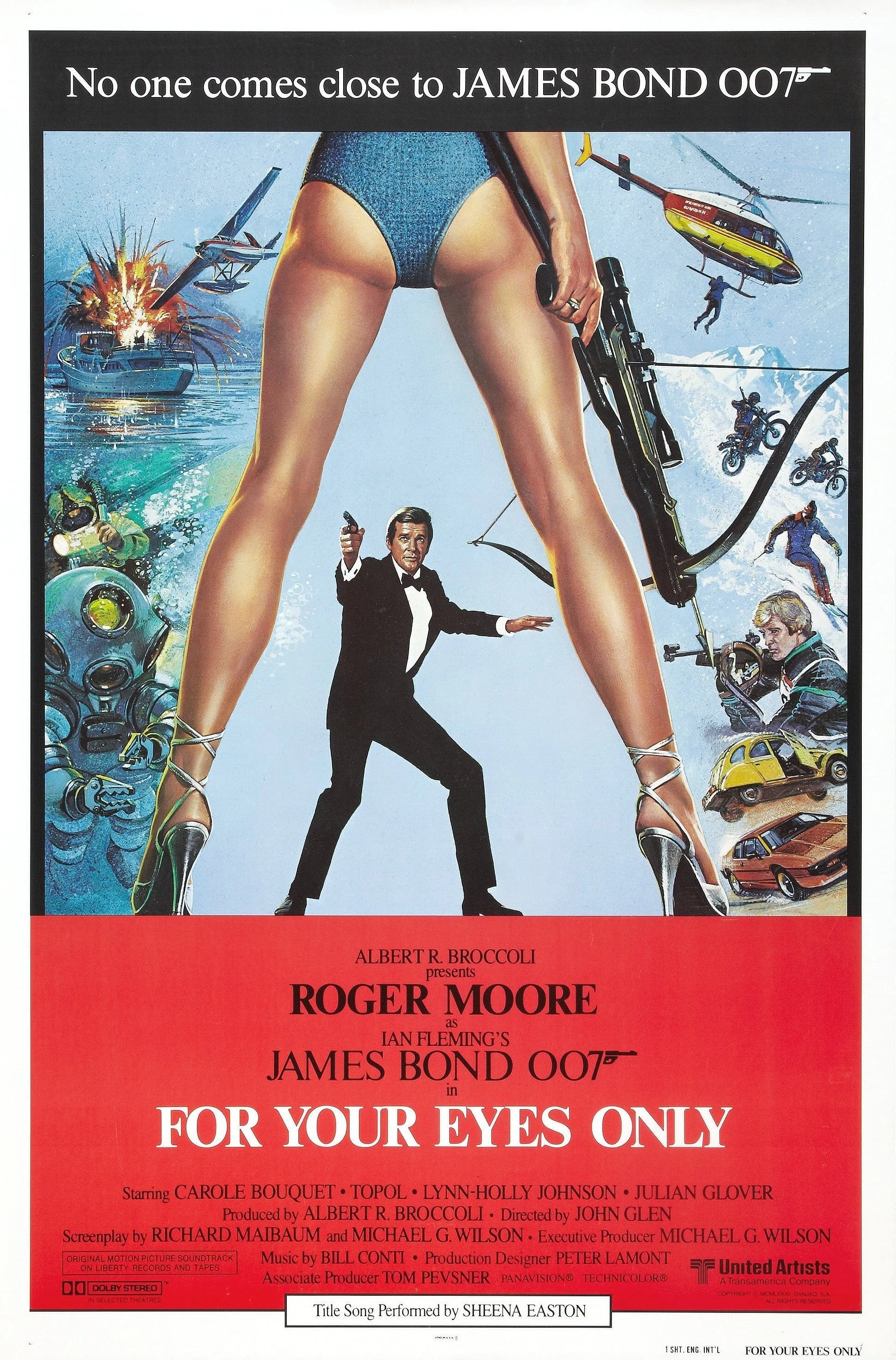Castration Fear
Freud: “probably no male human being is spared the fright of castration at the sight of a female genital”
At about 3/4 years old, a boy sees his mother’s genitals for the first time, which is traumatic for him and starts the fear. His natural psychological thought is that she ‘lost’ her penis, making her vagina terrifying; if she lost hers, he could lose his! This means that he sees his mother as different, thus links and relates to father. This difference is a source of anxiety that carries on into adulthood, turning into misogyny.
This difference is shown in horror films/stories that include murderers who target women. For example, Jack The Ripper removed the wombs of prostitutes, thus removing the difference, especially considering the misogyny behind prostitutes/women in control of their sexuality.
Phallocentrism
“the phallus is a signifier of power”
Fetishism
“popular cinema is said to fetishise the female body in order to avoid the threat of castration anxiety”
There is well known fixation on women’s legs. Why? Thinking back to the young boy looking up to see his mother’s genitals, the first thing he would have seen were her feet. They both have feet, so there’s no difference. He then looks up further, and for a longer time, he’s seeing her legs. Again, he’s in a ‘safe’ place because he’s seeing no difference. But then, he sees her vagina and that’s where the trauma begins. Therefore, he goes back to his safe place before that traumatic experience – which were the legs! The longer the better, as it’d take longer to see the vagina. This explains the stiletto shoe (invented by a man), as they’re designed to make your legs appear longer and to change your posture by accentuating your breasts and bottom – both deflect attention from the vagina. The function for both the breasts and bottom are ignored and instead are seen for desirability. The breasts are especially a comfort to men, as it once fed them.
The Phallic Woman
“The phallic woman is created in response to the fetishist’s refusal to believe that woman does not possess a penis”
Phallic power = ordinary man
Phallic symbols are used for this fantasy. For example, Lara Croft is the ultimate phallic woman (again, designed by a man); she wears tiny shorts that show off her long legs, pointy large breasts and a small waist and carries a gun – the ultimate phallic symbol.

Veils and Eroticism
“it simultaneously conceals and reveals, provoking the gaze” (Doane. 1991:49)
Desire is wanting and not having. If you can’t see anything, or can see everything, you won’t be interested. This links to Pygmalion’s fetish to wanting to undress his sculpture.
Undoing and unwrapping
“silk satin bows… the desire for discovery of the body’s hidden gifts”
They’re always placed on dresses over the “safe places” on a woman’s body, such as above the bottom, down the stomach, on the breasts, etc. The bows keep everything contained while still being an invitation to open – you want to touch silk and satin.
Hair is a fetish
Hair can be the veil that hides thus creating an air of desire and mystery. When Britney Spears shaved her hair off, everyone thought she was having a breakdown – not that she was challenging being objectified. Having no hair meant that she was framed unstable and “out of control”. Because she denied the glamorous rules, she wasn’t desirable anymore and became ‘monstrous’.

How can I relate this to my practice?
I’ve been playing with the idea of fetishsim and hair with my shaped paintings, by adding hair to areas where it isn’t acceptable to have it;
I also ‘dressed’ a few sketches to create a fetishised look to the images, corresponding to the Pygmalion myth of only having a peek of what’s underneath. However, my sketches show pretty much everything, creating a sense of irony.




















































































































